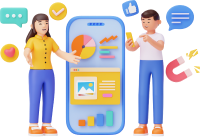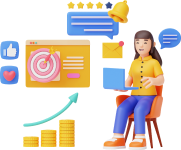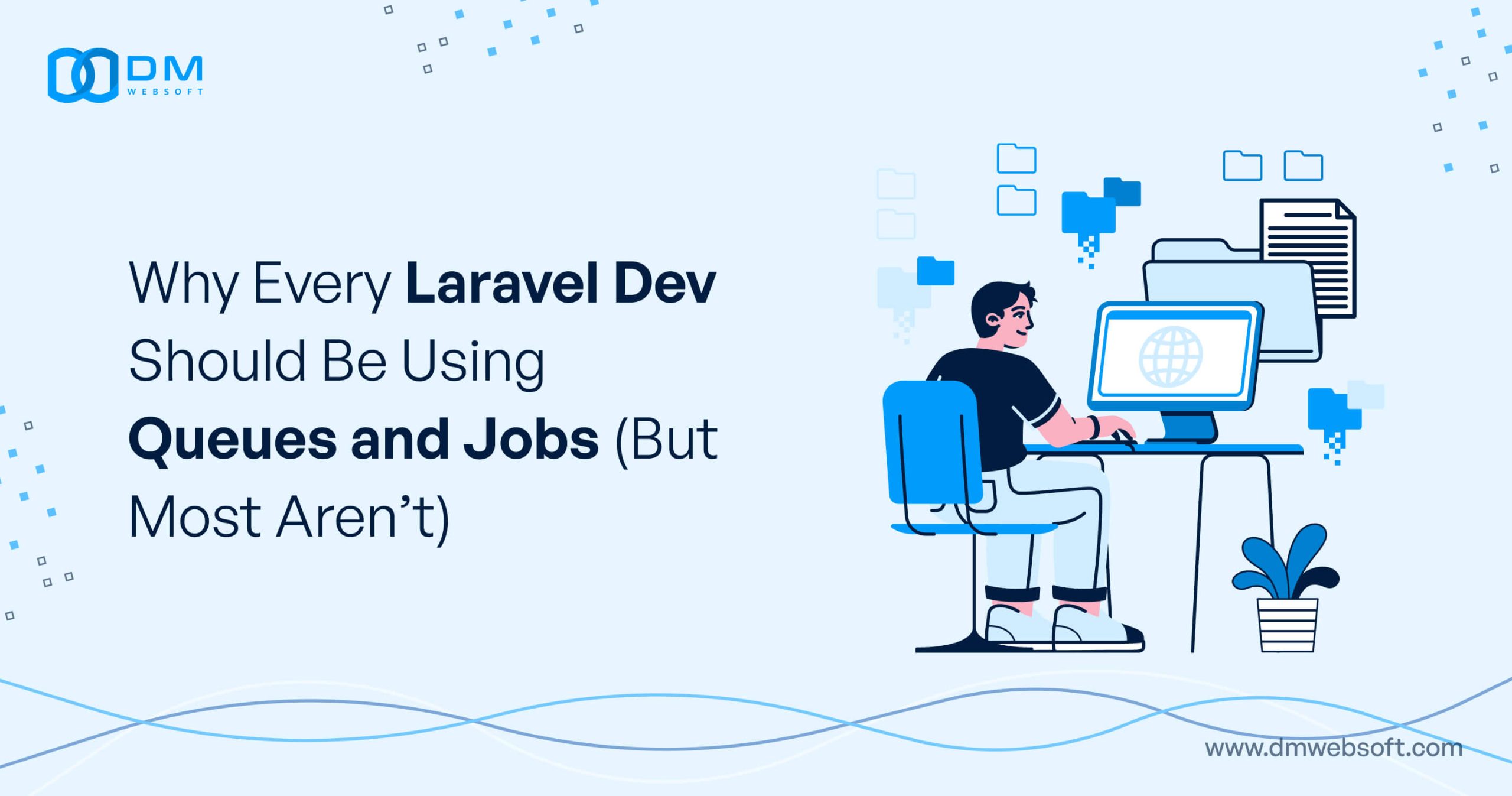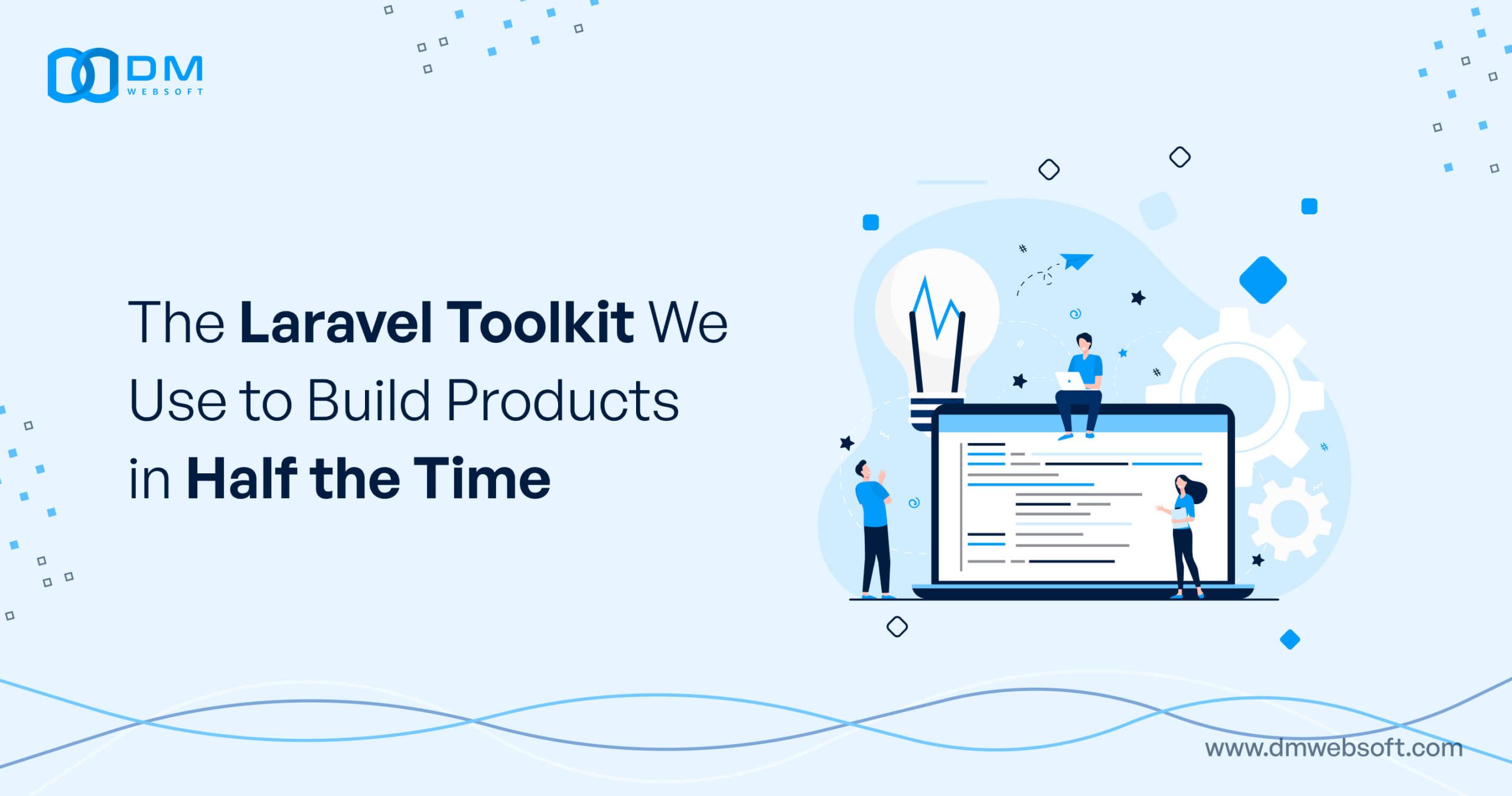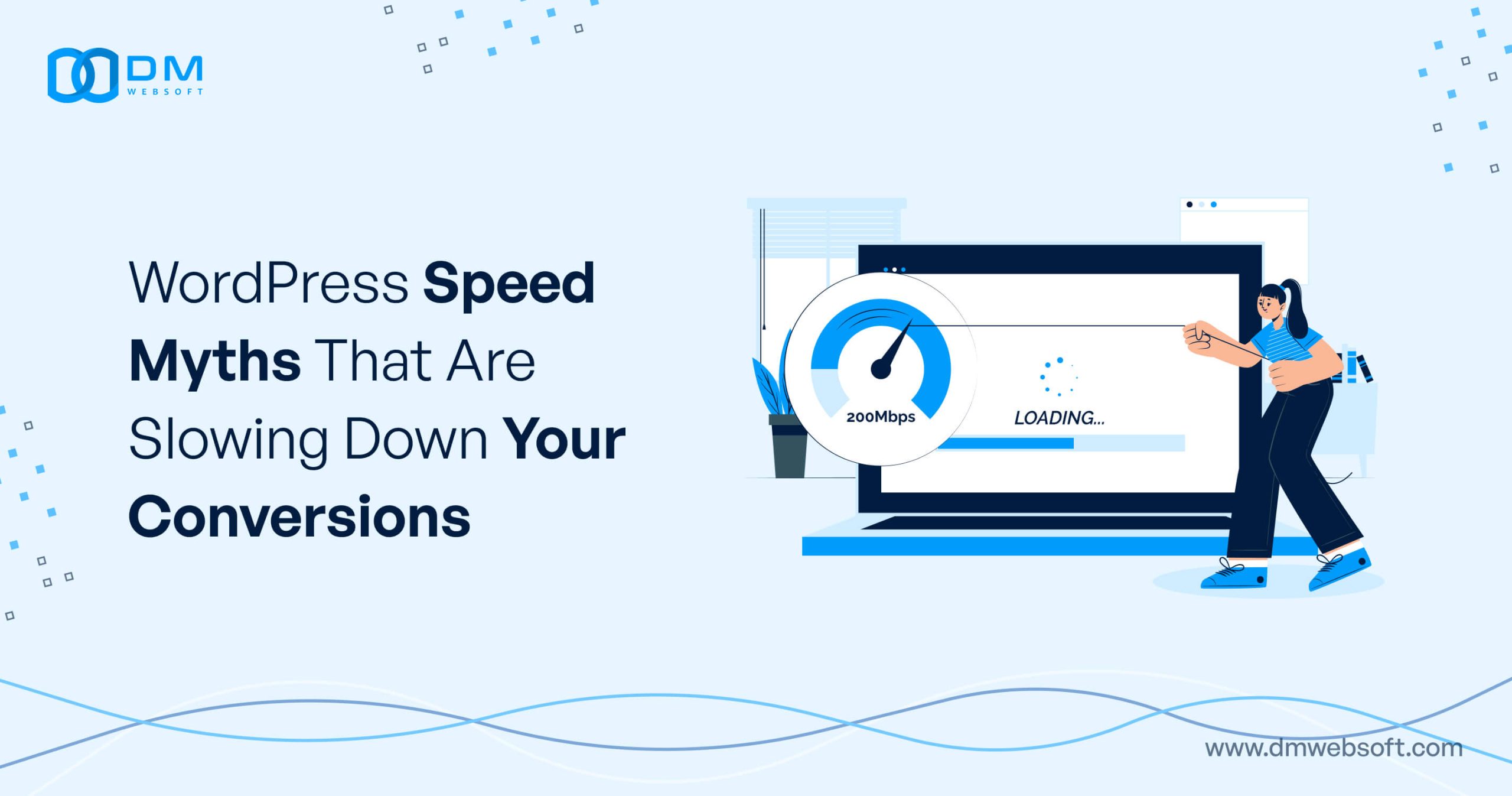DM WebSoft LLP exceeded our expectations! Their seasoned team of experts delivered a website that perfectly captures our brand essence. Their 15+ years of experience truly shine through in their exceptional web development skills.
Google Ads vs. Facebook Ads: Which One Will Give You the Best ROI?

TABLE OF CONTENT
Introduction
User Intent and the Customer Journey
Cost Structures and Budget Efficiency
Targeting Capabilities and Audience Precision
Ad Formats and Creative Flexibility
Measurement and Attribution Capabilities
The Hybrid Approach: Maximizing ROI Through Strategic Integration
Creative that works better on the ads
Mechanisms of Google Ads and Facebook Ads
Conclusion: Choosing the Right Platform for Your Business Objectives
Get in Touch
Introduction

In this day and age of the digital world, making the appropriate advertising platform can make or break your campaign. With limited marketing budgets and more competition, companies are left with the fear of making the right decision where to place their ad spend for maximum return on investment. Two industry giants rule the roost in digital advertising: Google Ads and Facebook Ads. Yet which one maximizes the ROI for your unique business requirements?
While both properties offer excellent targeting opportunities and extensive coverage, they are actually very different in the way that they operate and are best positioned to do different things. Google gets actively seeking users who are attempting to discover answers, while Facebook is great at generating demand through precise audience targeting. Recognizing the differences is essential in optimizing your investment and reaching marketing goals.
Here at DM WebSoft LLP, we assist companies in creating bespoke ad campaigns that benefit from the strengths of both universes. Here in this blog, we’ll compare the relative strengths of Google Ads and Facebook Ads along multiple different axes, giving you hard-won real-world experience to help you choose which platform will yield the best ROI for your particular business objectives.
User Intent and the Customer Journey
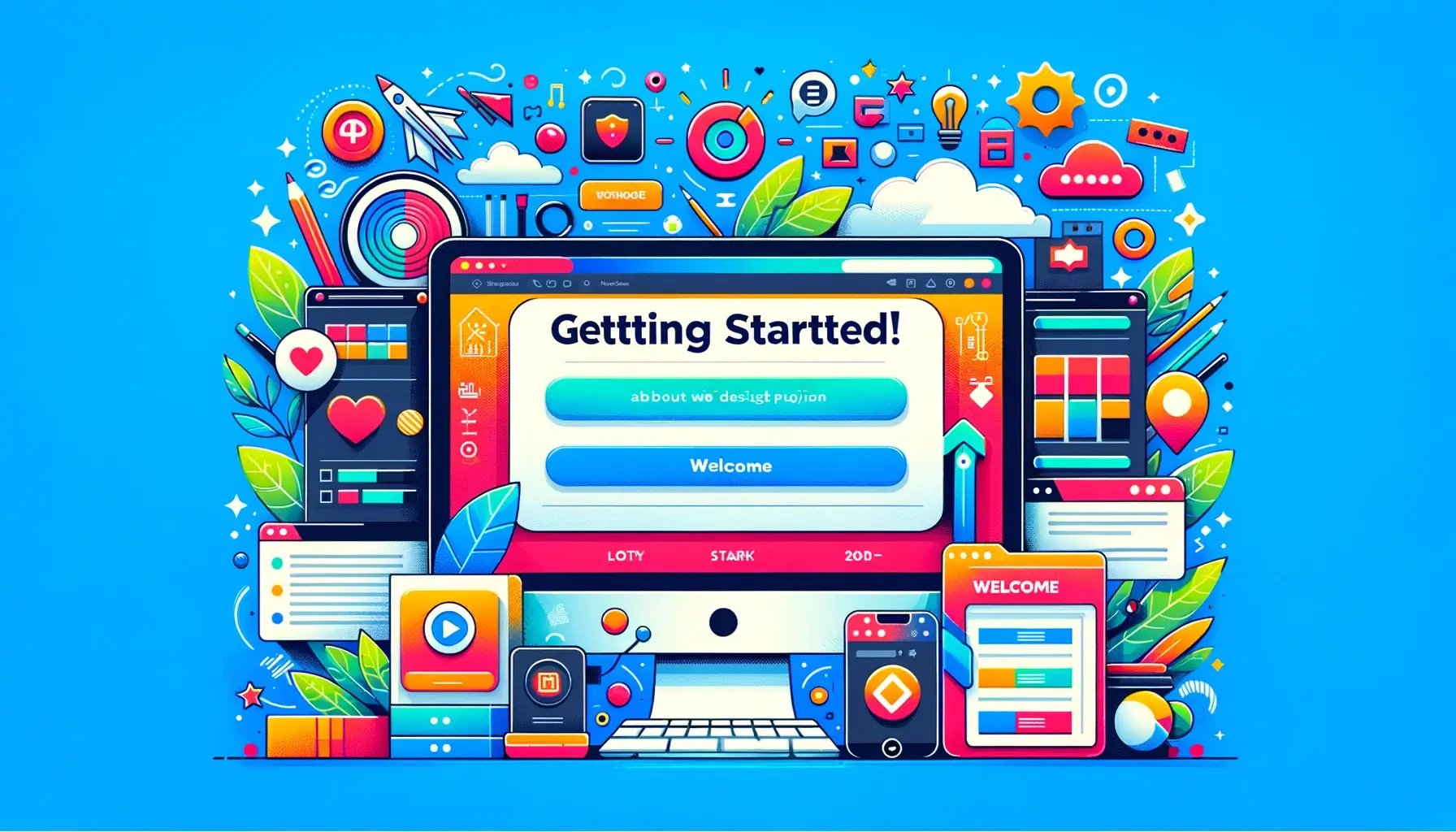
Google Ads and Facebook Ads work at various points of the customer journey, with profound implications for their ROI potential based on your business goals. This basic distinction is important to recognize in order to budget effectively.
Google Ads performs strongly for high-intent traffic—individuals searching intentionally for ways to solve problems or certain goods and services. Because this is an intent-led format, Google Ads tends to bring about more favorable conversion rates for bottom-of-funnel purposes, with studies estimating that these conversions are 10-50% better compared to social networks for purchase-driving initiatives.
The greatest strength of Google Ads in the near term is the power it offers businesses to tap into existing marketplace shoppers looking for their solutions. Being directly related to high-intentioned search activity makes Google the ideal place for firms offering goods or services satisfying real-time requirements. The benefit to ROI is quite obvious: since these people are currently in search mode for the same thing they will convert fast and need minimal nurturing.
Facebook Ads is, however, optimally suited for top-of-funnel awareness and consideration phases. Its strength lies in the form of sophisticated interest- and behavior- and demographic-based audience targeting rather than explicit search intent. While consumers are not necessarily searching for your product or service, Facebook’s targeting precision gives you the means to engage highly relevant potential buyers who match your ideal customer profile.
The ROI advantage of Facebook is its significantly lower
cost-per-thousand-impressions (CPM) rates—often 30-50% below Google’s—and its improved ability to build awareness and engagement. For businesses with longer sales cycles or businesses building brand awareness, Facebook’s ability to nurture prospects through retargeting and sequence messaging creates excellent long-term value.
At DM WebSoft LLP, we assist companies in aligning platform choice with the customer journey. For real-time conversion-driven campaigns, we tend to lead with Google Ads, and use Facebook tactically for awareness creation and guiding prospects through the consideration stage. Based on our data, clients using this strategic methodology achieve an average ROI increase of 32% as opposed to one-platform strategies.
Cost Structures and Budget Efficiency
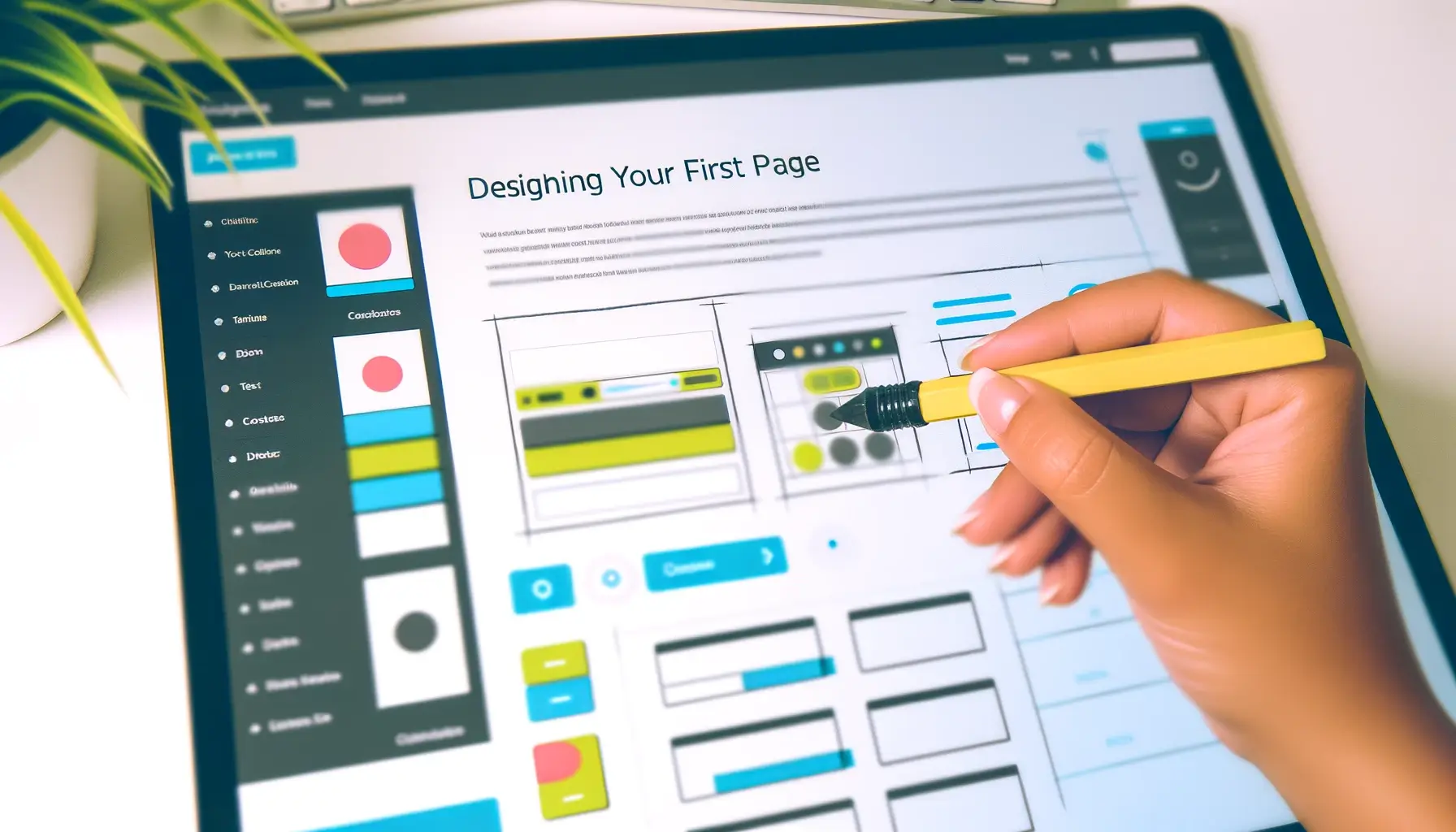
Knowledge of the cost models of Google Ads and Facebook Ads is critical for proper ROI estimates and budget optimization. The two platforms have vastly different pricing models, competitive dynamics, and cost effectiveness for various campaign goals.
Google Ads typically demands superior CPC, ranging from $1-$2 for display network to $2-$4 for search network across verticals. But in highly competitive verticals such as legal, insurance, or financial services, CPCs reach $50+ per click. The premium cost of entry is offset by the fact that search traffic is of higher intent and thus tends to convert 3-5 times higher than social media traffic for bottom-funnel goals.
Perhaps the most impactful ROI consideration with Google Ads is its extremely fluctuating cost structure between industries and keywords. Companies need to closely examine their own particular niche’s market competitiveness, as industry-specific CPCs can have a profound effect on potential returns. The auction-based bidding model incentivizes relevance and quality through its Quality Score system, enabling advertisers who produce more relevant advertisements and landing pages to gain lower CPCs.
Facebook Ads has a more stable and overall lower cost model, with average CPCs of $0.50-$2.00 in most industries. This lower barrier to entry makes Facebook especially appealing for low-budget businesses or those that need higher impression volume to create awareness. The advanced targeting features of the platform enable highly effective budget distribution, reaching very targeted audience segments with little waste.
Facebook’s ad system is a master of cost-effective audience creation, with CPMs averaging 30-50% less than Google’s display network. Facebook is thus the ROI champion for top-of-funnel goals such as brand awareness and audience growth. Facebook also enables marketers to win back audience attention at the right times in the customer path at a small fraction of the price of attracting new leads.
At DM WebSoft LLP, we use advanced budget allocation strategies customized to each of our clients’ unique cost-per-acquisition targets. We have found in our data that budget allocation by position in the funnel—with Facebook pushing top-of-funnel awareness and Google acquiring high-intent conversions—typically provides 25-40% increased ROI over one-platform methods. By consistently evaluating performance metrics and shifting spend, we assist organizations in squeezing the maximum dollar of advertising return on every investment dollar.
Targeting Capabilities and Audience Precision
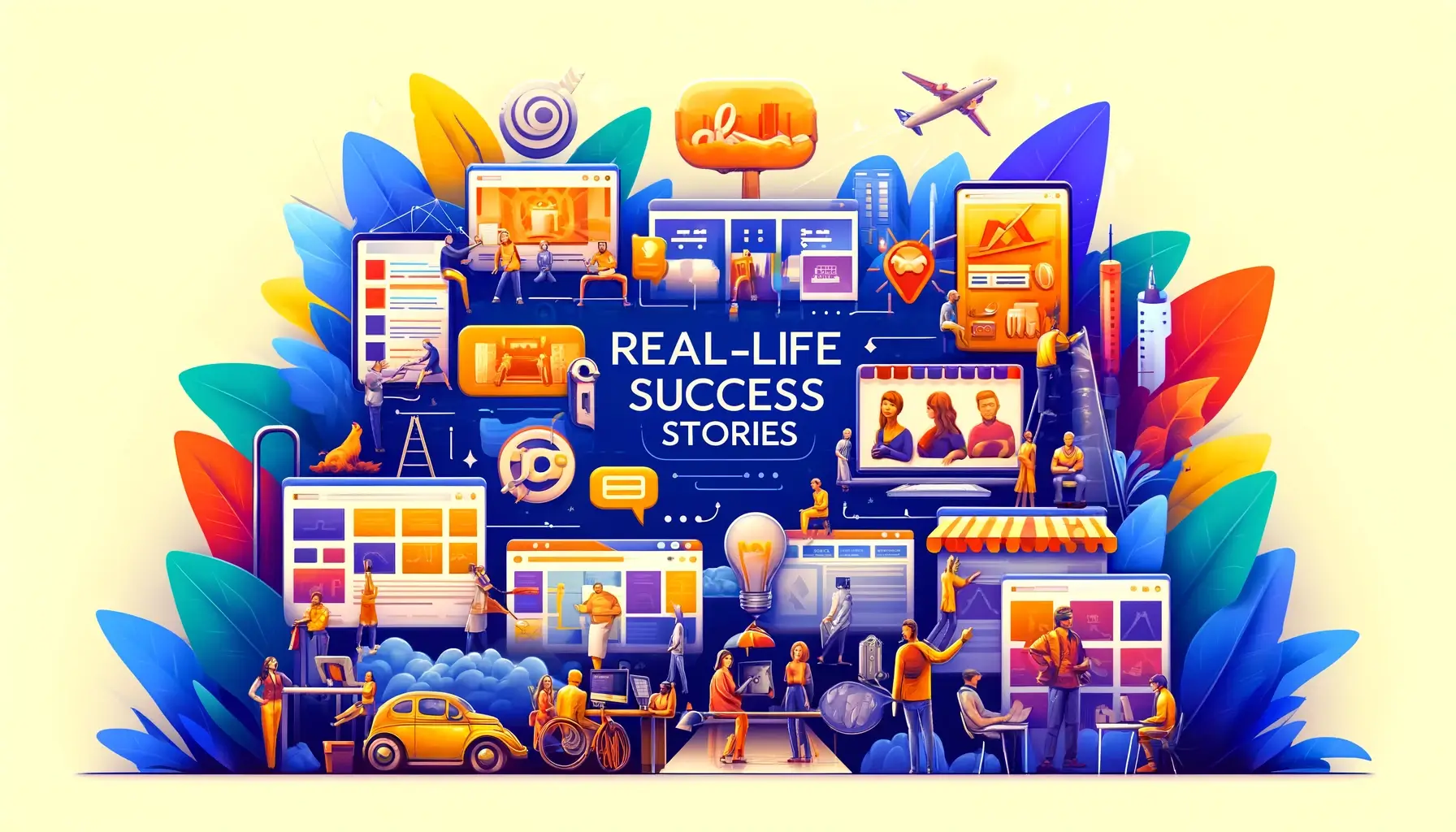
The targeting processes of Google Ads and Facebook Ads are inherently different, yielding different ROI benefits based on your marketing goals and audience understanding. Each platform’s targeting strategy impacts not just campaign performance but also the learnings that can be used for future marketing.
Google Ads’ fundamental targeting is keyword-targeting—the specific words that consumers actually enter while conducting a search for information, products, or services.
This keyword targeting allows for explicit intent when users are about to articulate an interest. Targeting layers provided by the platform include demographics, location, device, and remarketing to website visitors in the past.
The ROI advantage of Google targeting is its precision for quantifying active demand. Businesses with strong insight into their trade’s search terms can position themselves exactly where buyers are looking. Furthermore, Google’s search network provides useful keyword data revealing what prospects actively seek, creating a continuous cycle of intelligence for marketing optimization.
Facebook Ads approaches the problem from the opposite perspective, targeting based on user type instead of stated intent. The platform’s broad data gathering allows targeting by demographics, interests, behaviors, life events, and connections. Facebook’s lookalike audience option also allows targeting of users with similar characteristics to your current customers, effectively blowing open your pool of prospects.
The ROI benefit of Facebook’s targeting mechanism lies in its unmatched capability to reach specific audience segments with incredible accuracy, even if those users are not actively looking for related solutions. This feature makes Facebook especially useful for companies whose ideal customers might not be aware they need a solution yet or wouldn’t know what keywords to search. The platform is great at generating demand instead of merely capturing existing demand.
We capitalize on both platforms’ strengths at targeting by running integrated campaigns at DM WebSoft LLP. Our strategy involves applying Facebook’s specific audience targeting to create awareness in top-fit customer profiles, followed by driving high-intent traffic using Google Ads once prospects are actively looking for solutions. Through custom tracking solutions, we are able to track the complete customer journey on platforms and give clients proper cross-platform ROI figures that normally report 20-35% enhanced return against solo platform attribution.
Ad Formats and Creative Flexibility
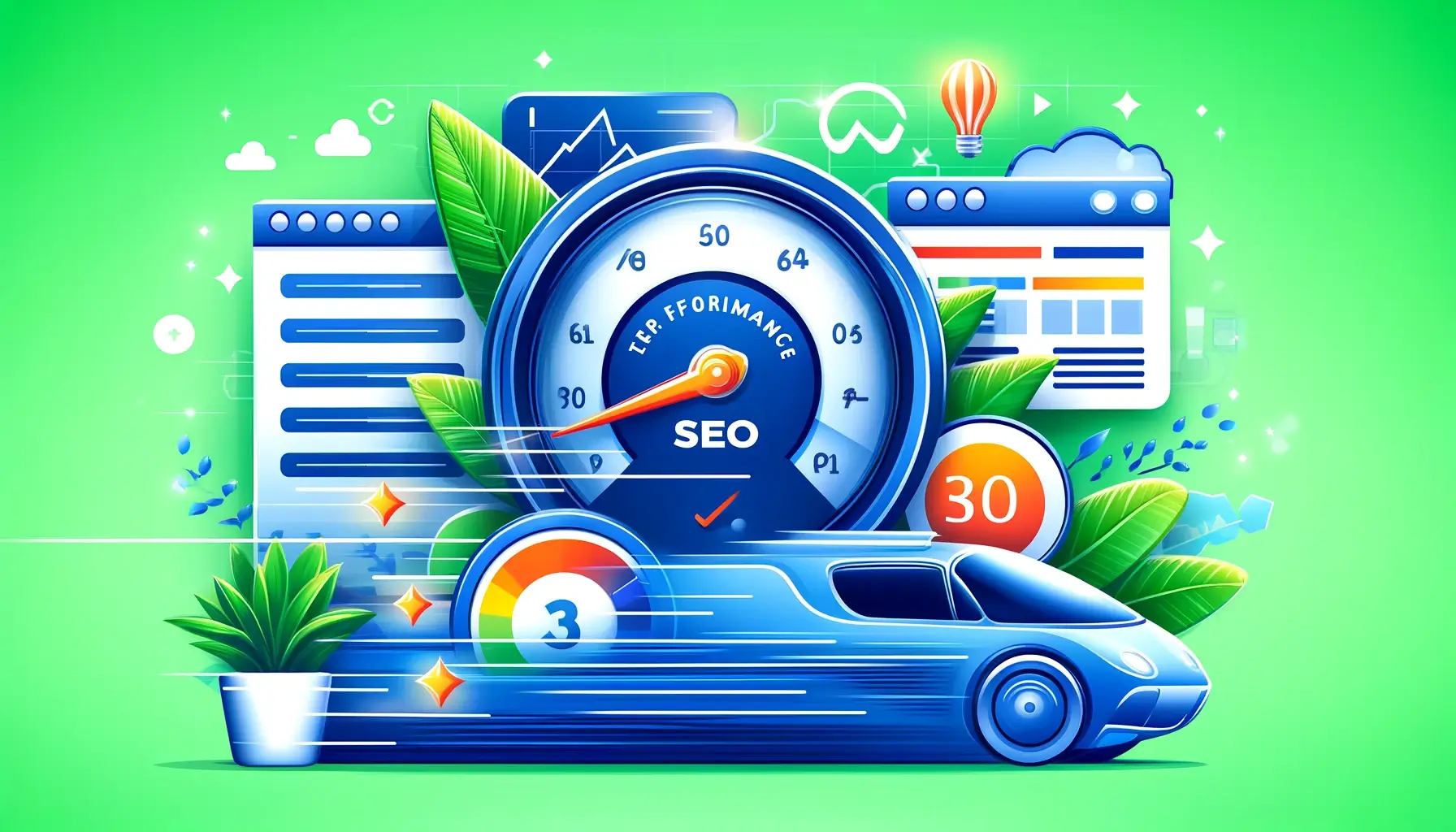
The creative possibilities of Google Ads and Facebook Ads significantly impact their ROI potential based on numerous campaign objectives. Each network supports distinct ad formats that affect engagement, brand image, and conversion potential.
Google Ads has different formats available on its search and display networks.
Search ads are text-based, focusing on relevance and brevity over visual impact. This text approach on the search network is all about giving users accurate information while they are searching for answers. Display network ads offer more visual options like static images, animated banners, and responsive ads that can adjust size to fill available ad space.
The ROI advantage of Google ad formats is the alignment to user intent. Search ads welcome users with immediate answers to their searches, offering a smooth path to conversion for high-intent search queries. Their simplicity also translates to lower cost in production and faster execution, which allows for faster testing and optimisation.
Facebook Ads has much more creative freedom with extremely visual formats such as image posts, carousel ads, video ads, Stories, and immersive ones like Instant Experiences. Its focus on visual engagement is most suited to where it sits in the awareness and consideration stages of the customer’s journey.
The creative tools of Facebook have an ROI advantage based on their ability to better express brand personality, depict products in action, and form emotional connections with prospects. Video content on Facebook tends to generate 20-30% more engagement than static content, and Facebook’s openness to creativity allows for a more compelling brand storytelling that resonates with targeted audiences.
We help clients maximize ROI at DM WebSoft LLP by combining creative strategy with platform power. For search campaigns on Google, we focus on developing extremely relevant ad copy with clear value propositions that target search intent head-on. On Facebook, we develop engaging visual content that creates brand affinity and interest. Our cross-device creative approach ensures consistent messaging while taking advantage of each platform’s native format strengths, typically boosting conversion rates by 15-25% compared to generic creative approaches.
Measurement and Attribution Capabilities

Accuracy is what it’s all about getting to the ideal ROI, and Google Ads and Facebook Ads both have several different attribution models and measurement that bear on how success is calculated and optimized.
Google Ads provides end-to-end measurement in direct response metrics.Its conversion-tracking system is specifically designed to record the user action precisely across many touchpoints, and integration with Google Analytics offers further insight into understanding user actions post-first click. The attribution models of the platform range from last-click through data-driven attribution, enabling the advertiser to see the complete conversion path.
Google’s ROI benefit of its measurement platform is that it can see the entire customer journey from search through conversion, providing clear visibility into what campaigns and keywords are producing results. The visibility makes it simple to optimize and make budget decisions, particularly for businesses with straightforward-to-track conversion paths.
Facebook Ads provides end-to-end on-platform measurement capabilities in Facebook Ads Manager and more sophisticated functionality via Facebook Analytics. The attribution system of the platform picks up on view-through conversions (when people view but do not click immediately on ads before converting) and gives insight into the customer journey across Facebook’s properties such as Instagram.
The ROI benefit of Facebook’s measurement strategy is that it can measure the effect of upper-funnel brand awareness that last-click models, especially older ones, cannot see. Studies have shown that view-through conversions can represent 30-40% of Facebook’s overall conversion contribution—value lost in strict click-based systems of attribution.
Both platforms are fighting measurement challenges in today’s fragmented customer journey. Google struggles to attribute value to awareness-driving actions, and Facebook attribution occasionally double-counts by claiming credit for conversions that might have happened even in its absence. Both platforms are also affected by recent privacy changes like iOS 14.5 updates and cookie deprecation, which create new measurement challenges.
We employ proprietary attribution models here at DM WebSoft LLP, which draw data from platforms together to give customers the best possible view of their marketing ROI. We allow businesses to understand the true contribution of each platform to their journey to conversion by following individuals through touchpoints and applying advanced analytics. Our holistic attribution model is likely to uncover an additional 20-30% of conversion value when compared to traditional platform-level reporting, allowing more budget alignment and strategy formation.
The Hybrid Approach: Maximizing ROI Through Strategic Integration

While comparing Google Ads and Facebook Ads directly is useful, the best ROI usually results from strategic combination of both platforms. Knowing how these advertising ecosystems can support one another enables businesses to tap into their respective strengths along the customer journey.
The best online ad strategies understand that consumers seldom use linear paths to buy. Studies have found that the typical consumer path contains 20+ touches across various channels prior to conversion. A hybrid strategy considers this fact by using each platform where it provides the most value along the customer path.
Facebook Ads are best at cost-effective audience building and initial brand awareness. With its advanced targeting features and lower CPMs, Facebook efficiently exposes your brand to targeted prospects who fit your ideal customer profile but are not necessarily actively looking for solutions yet. This top-of-funnel action sets the foundation for brand recognition and first interest.
As leads progress to the consideration phase, Facebook retargeting continues to keep the brand top of mind while informing users about your value proposition. This middle-funnel nurturing makes your brand front of mind until leads are prepared to make a purchase decision.
Google Ads follows up with high-intent traffic next, when potential customers actively search out and seek solutions. Having already been primed with Facebook consideration and awareness messaging, now these potential customers are more likely to notice your Google ads, recognize them, and click through, driving better click-through rates and the potential for conversion.
This strategic prioritization has a compounding effect on ROI by getting each platform to perform where it performs best. Our client metrics show that leads who are shown Facebook ads before being shown Google search ads convert at 30-45% higher rates than those who see search ads by themselves.
At DM WebSoft LLP, we craft holistic cross-platform strategies that optimize ROI at every step of the customer journey. Our methodology incorporates integrated tracking platforms that give you visibility into the entire conversion sequence, enabling you to accurately attribute and continuously optimize.
By positioning each platform’s strengths in direct alignment with desired business goals, we enable customers to see a 35-50% return on investment lift over single-platform or siloed methodologies. This combined methodology makes every dollar of marketing budget work as productively as possible to grow your business.
Creative that works better on the ads
The creative freedom on Google Ads and Facebook Ads plays a significant role in shaping their ROI potential for different marketing objectives. Each platform supports some varying ad structures that engage customers, affect brand images, and possess conversion potential differently.
Google Ads offers several formats across its search network and display networks. Search advertisements are mostly textual, emphasizing relevance and clarity over visual appeal. This text-focused strategy on the search network values delivering accurate information to users actively looking for solutions. Display network ads have more visual formats such as static images, animated banners, and responsive ads that dynamically fit into available spaces on the Google Display Network.
The ROI advantage of Google ad formats is that they are formulated with user intent. Search ads welcome users with clear answers to their queries, providing a seamless path to conversion for high-intent searches. The simplicity of the formats translates to lower production cost and faster execution, facilitating rapid and agile testing and optimization without significant creative investment.
Facebook Ads provides much more creative freedom with extremely visual formats such as image posts, carousel ads, video ads, Stories, and immersive formats such as Instant Experiences. The visual emphasis of the platform is consistent with its role in the awareness and consideration stages of the customer path. This visual component enables brands to convey emotional value and depict products in ways that are not achievable through language.
The ROI benefit of Facebook’s creativity is derived from their enhanced ability to convey brand personality, show products in action, and create emotional connections with target consumers. Facebook video content holds attention 20-30% more than ordinary posts, and the creative latitude of the platform enables advertisers to convey strong brand messages that reach target audiences and inspire consideration.
At DM WebSoft LLP, we assist customers to optimize ROI through the fusion of creative strategy and platform strengths.
For Google search campaign, we develop extremely specific ad copy with clean value proposition that conveys search intent in the straightforward manner. For Facebook, we design engaging visual content to create brand affinity. Our cross-platform creative strategy has yielded combined messaging while taking advantage of each platform’s inherent strength, usually increasing conversion rates by 15-25% over generic approaches.
Mechanisms of Google Ads and Facebook Ads
Google Ads and Facebook Ads targeting mechanisms exist fundamentally different from each other, yielding unique ROI benefits based on your marketing goals and audience insights. These targeting strategies directly affect campaign performance and cost-effectiveness.
Google Ads’ core targeting is based on keywords—exact search queries people type in when looking for information, products, or services.
This keyword targeting captures clear intent at the precise point people signal interest. The platform also provides secondary targeting layers such as demographics, location, device type, and remarketing to prior website visitors.
Google’s targeting ROI benefit is its accuracy to capture active demand.
Businesses with clear understanding of their industry’s search terminology can position themselves exactly where potential customers are looking. This intent-based targeting eliminates much of the guesswork in digital advertising, ensuring your ads reach users actively seeking solutions like yours. Furthermore, Google’s search network provides valuable keyword data that reveals what prospects are actively seeking, creating a continuous intelligence loop for marketing refinement.
Facebook Ads works on a fundamentally different model with targeting by user attributes rather than expressed intent. The platform uses its massive pool of user data to enable demographic, interest, behavior, life event, and connection-based targeting. Facebook’s powerful lookalike audience feature can identify customers who share the same attributes as your existing customer base, immediately expanding your prospect universe by highly qualified prospects.
The ROI advantage of Facebook’s targeting platform is a result of its unparalleled ability to reach specific segments of audiences with phenomenal precision even when those consumers are not actively looking for related solutions. This makes Facebook particularly valuable for businesses whose target customers are not yet aware that they need a solution or would not know what keywords to search. Facebook is great at building demand instead of merely harvesting existing demand, opening up new market opportunities not accessible through search alone.
On DM WebSoft LLP, we maximize the strengths of both platforms in targeting via integrated campaigns. We do this by applying Facebook’s highly accurate audience targeting to establish awareness with best-fit customer profiles, then snagging high-intent traffic using Google Ads once those prospects actively start searching for solutions. With custom tracking on both platforms, we can analyze the complete customer journey and present clients with exact cross-platform ROI measures that are generally 20-35% better in return compared to singular platform attribution.
Conclusion: Choosing the Right Platform for Your Business Objectives
When comparing Google Ads to Facebook Ads in terms of ROI potential, the solution is not in calling an absolute champion but rather in knowing which platform most fits your particular business goals, audience traits, and customer path.
Google Ads generally provides better ROI for:
- Companies reaching customers with high purchase intent and urgent needs
- Products or services that consumers actively seek out
- Direct response campaigns with the goal of instant conversions
- Verticals in which the consumer performs extensive research before purchasing
- Local businesses that require geographically directed traffic
Facebook Ads will generally do more for:
- Businesses launching new or innovative products where people aren’t yet searching
- Businesses requiring very specific demographics or interest-based audiences
- Visual products with demonstratable and positionable lifestyles
- Community-and-engagement-driven brands that need people to buy in to the conversation before they purchase
- Businesses that have more advanced sales processes that require many touch points
The most powerful approach recognizes that these properties serve different but complementary roles within an overall marketing strategy. By leveraging the targeting power of Facebook to create awareness and Google intent-capture to push conversions, companies can create a synergistic impact that optimizes overall marketing ROI.
As the digital advertising landscape evolves, with rising privacy controls and third-party cookie deprecation, both platforms are shifting targeting and measurement solutions. Being in sync with these modifications and regularly testing with new strategies will be essential for preserving and maximizing advertising ROI.
We, at DM WebSoft LLP, are experts at creating personalized ad strategies that capitalize on the strengths of both Google Ads and Facebook Ads. Our data-driven method involves accurate performance analysis, cross-platform attribution, and ongoing optimization to realize optimal return on your ad spend. If your objectives are to drive sales on the spot, driving leads for long-term growth, or brand awareness for long-term growth, we can assist you in driving the highest returns on your online ad campaigns.
Call DM WebSoft LLP today to find out what ad platform will yield you the highest ROI for your particular business needs, or how an integrated package can make your digital marketing a high-performing machine.
Facebook Ads typically offers lower average CPCs ($0.50-$2.00) compared to Google Ads ($1-$4 for search network), though actual costs vary significantly by industry and targeting approach.
For e-commerce, Google Shopping campaigns often deliver strong immediate ROI for product-specific searches, while Facebook Ads excel for product discovery and building brand awareness, making an integrated approach most effective.
Google Ads generally achieves higher conversion rates for bottom-of-funnel objectives due to capturing high-intent search traffic, often converting 3-5x better than Facebook for direct purchase campaigns.
Google Ads typically delivers stronger ROI for local businesses targeting immediate needs, with local service ads and map results driving high-converting traffic, while Facebook works well for local awareness and community building.
DM WebSoft LLP provides comprehensive cross-platform strategies with unified tracking and attribution, optimizing each platform’s role in the customer journey to achieve 35-50% ROI improvements over single-platform approaches.
Get Started Now !
What’s the Process ?
Request a Call
Consultation Meeting
Crafting a Tailored Proposal
Get Started Now !
Real Stories, Real Results. Discover What Our Clients Say

Working with DM WebSoft LLP was a game-changer for our business. Their technical prowess and innovative solutions transformed our online presence. A highly recommended web development agency with a stellar track record.

We are thrilled with the results DM WebSoft LLP delivered. Their deep understanding of web development coupled with years of expertise ensured a seamless and visually stunning website. True professionals!

In a digital age where first impressions matter, DM WebSoft LLP crafted a website that speaks volumes. The team’s attention to detail and commitment to quality set them apart. Thank you for making our vision a reality.

DM WebSoft LLP’s team demonstrated unparalleled expertise. Their ability to navigate complex technical challenges with ease is truly commendable. Choosing them for our web development needs was the best decision.

Exceptional service, unmatched skills! DM WebSoft LLP stands out as a leading web development agency. Their collaborative approach and commitment to excellence make them our go-to partner for all things web-related.

DM WebSoft LLP turned our ideas into a digital masterpiece. The seamless communication and timely delivery of our project showcased their professionalism. Highly impressed with the level of creativity and skill.

Our experience with DM WebSoft LLP was nothing short of amazing. From concept to execution, their team provided top-notch web development services. A reliable partner for businesses looking to elevate their online presence.

DM WebSoft LLP’s team of tech experts is second to none. Their wealth of experience reflects in the quality of their work. Our website not only meets but exceeds industry standards, thanks to their dedication.

Choosing DM WebSoft LLP was the best investment for our web development needs. Their team’s proficiency, coupled with a customer-centric approach, made the entire process smooth and enjoyable. A pleasure to work with!

